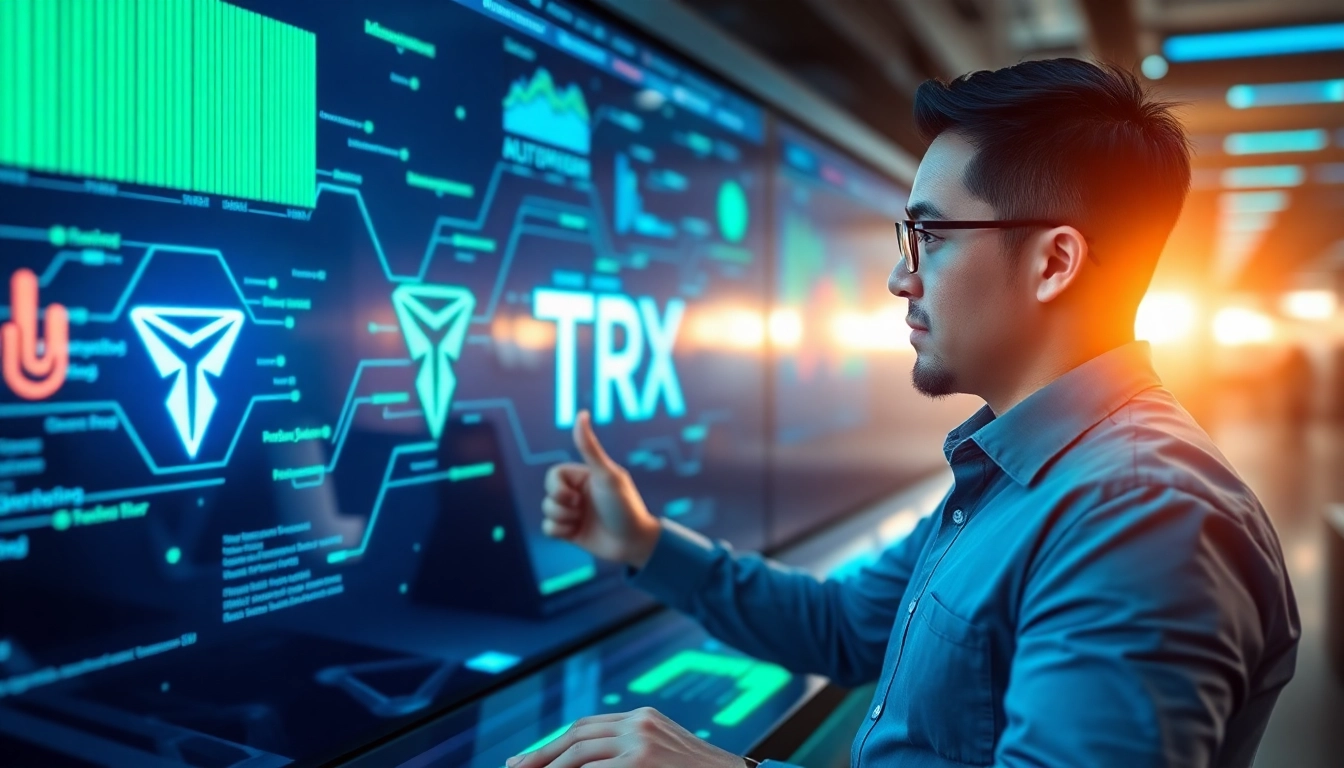Understanding the Human or Not AI Game and Its Significance
In an era where artificial intelligence continues to evolve at an unprecedented pace, distinguishing between human and AI interactions has become both a fascinating and necessary endeavor. Enter human or not, the ultimate social Turing game designed to challenge your ability to decipher whether you’re engaging with a real person or a sophisticated AI. This game not only offers entertainment but also serves as a meaningful barometer of AI development and human perception. As AI models such as GPT-4 become increasingly advanced, understanding how to differentiate AI-generated responses from human responses becomes pivotal. This article explores the intricacies of the Human or Not AI game, its significance, operational mechanics, benefits, and the underlying technological backbone that powers it.
What Is the Human or Not Social Turing Game?
The Human or Not game is an interactive social experiment and entertainment platform that simulates a two-minute conversation with an anonymous participant—either a human or an AI chatbot. Participants engage in fluid, real-time dialogue, asking questions, sharing opinions, or discussing various topics. After the short interaction, players are prompted to determine whether they were speaking with a person or an AI-driven entity. The game is rooted in the principles of the Turing test, which Alan Turing proposed in 1950 as a measure of a machine’s ability to exhibit intelligent behavior indistinguishable from that of a human.
Unlike traditional Turing tests conducted in controlled, academic environments, the Human or Not platform emphasizes casual, spontaneous interactions that mirror everyday exchanges. This design choice effectively illustrates how intelligent bots have become capable of nuanced conversation, challenging even the most perceptive humans to identify the AI’s responses accurately.
The Importance of Differentiating Humans from AI
Why does it matter whether we can tell a human from an AI? The answer lies in both practical and philosophical concerns that are increasingly shaping our digital interactions. First, from a security standpoint, distinguishing AI from humans is critical in contexts such as online fraud detection, cybersecurity, and preventing manipulation in social media environments. Malicious actors may deploy AI-powered bots for spreading misinformation, phishing, or influencing public opinion. Recognizing these entities helps users maintain digital awareness and safety.
Second, from an ethical perspective, transparency about who or what we are interacting with respects user rights and fosters trust. As AI becomes embedded in customer service, mental health support, or even companionship roles, understanding the nature of the interlocutor is essential to ensure informed consent and prevent deception.
Third, the ability to differentiate enhances human-AI collaboration by calibrating expectations. Recognizing an AI assistant versus a fellow human helps set the scope of interaction, ensuring users leverage AI capabilities effectively without overestimating their human-like understanding or emotional intelligence.
Finally, from a developmental perspective, testing human versus AI responses sheds light on the current state of AI sophistication. It acts as a benchmark for AI advancements, highlighting areas where machines still fall short and identifying cues that give away non-human responses. This knowledge informs both technical improvements and societal discussions about the role of AI in our lives.
How the Game Reflects AI Developments
The Human or Not game serves as a live demonstration of AI progress and presents insights into the capabilities and limitations of modern conversational agents. As AI models like GPT-4 push the boundaries of language understanding, their responses can often mimic human nuances, humor, emotional cues, and contextual awareness.
For example, contemporary AI systems can generate coherent, contextually relevant responses within seconds, occasionally including subtle jokes, idioms, or colloquialisms that might deceive players into thinking they’re chatting with a person. The game’s challenges reveal how far AI has come and where it still struggles—such as understanding complex emotional subtext, maintaining consistent personality traits over extended conversations, or demonstrating genuine creativity.
Moreover, the game functions as an informal AI development testbed. Feedback from players who identify responses as AI-driven helps developers refine algorithms, improve response authenticity, and reduce the incidence of detectable discrepancies. It encapsulates an ongoing process of iterating AI responses until they reach a level where they can cross the social Turing boundary—a milestone in AI technology.
Step-by-Step Guide to Playing Human or Not
Initiating Conversations and Observation Tactics
Getting started with the Human or Not game is straightforward, but success hinges on strategic engagement. Upon starting a chat, focus on asking open-ended, nuanced questions that reveal personality, emotional understanding, or cultural awareness. For example, questions about personal experiences, opinions on complex topics, or hypothetical scenarios often elicit more revealing responses.
Pay attention to language style, coherence, and context consistency. AI responses may sometimes appear overly formal, repetitive, or lack genuine emotional depth. Conversely, humans might introduce idiosyncrasies, errors, or subjective impressions that AI struggles to replicate convincingly. Use subtle cues such as response hesitation, topic shifts, or errors to inform your judgment.
Making Accurate Guesses and Common Pitfalls
After the conversation, candidates must make an educated guess. Common pitfalls include over-reliance on superficial cues—such as spelling errors or slang—which AI can sometimes mimic or, conversely, miss. Additionally, players may fall into confirmation biases, assuming AI responses are always robotic or that humans are never predictable.
It’s crucial to maintain objectivity and consider multiple factors, including response complexity, emotional nuance, and conversational flow. Some players mistakenly attribute robotic traits to humans under stress, while others might think AI responses are more authentic than they are due to impressive language models.
Strategies to Improve Your Detection Skills
To enhance your AI detection abilities, adopt a systematic approach:
- Ask personal or subjective questions: Humans tend to provide more personalized responses, whereas AI may default to generic answers.
- Test for emotional nuances: Notice if responses display genuine empathy or subtle emotional cues.
- Introduce unpredictability: Use nonsensical or humorous prompts to see how responses adapt.
- Observe language consistency: Analyze whether the language style remains consistent throughout the conversation.
- Compare across multiple rounds: Building experience allows you to recognize patterns and develop instinctual judgment.
Additionally, reviewing community tips, expert analyses, and participating in forums such as Reddit’s r/Humanornot can accelerate skill development. Over time, your ability to detect subtle AI cues will become more intuitive and accurate.
Benefits of Engaging in the Human or Not Challenge
Enhancing Critical Thinking and AI Literacy
Participating regularly in the human or not game fosters critical thinking by challenging players to analyze their interaction deeply. Analyzing language patterns, emotional cues, and contextual awareness sharpens cognitive skills relevant in various fields such as cybersecurity, journalism, and digital marketing. Furthermore, engaging with AI responses broadens understanding of how AI models generate language, thereby increasing digital literacy.
Understanding AI Conversation Capabilities
The game is a practical demonstration of what AI can achieve today. It highlights the strengths, such as rapid response generation, vast memory, and adaptability in style, as well as weaknesses like contextual misunderstanding or inability to genuinely empathize. By recognizing these traits, players develop a more nuanced perception of AI’s current state and future potential.
Participating in the Broader AI Discourse
More than just entertainment, Human or Not offers a platform for societal engagement. Sharing insights, success stories, and challenges through social media or community forums invites collective reflection on AI’s role. This engagement informs developers, policymakers, and users, shaping responsible AI integration, regulation, and ethical considerations.
Latest Technologies Powering the Game and Future Trends
AI Technologies Like GPT-4 in Human or Not
Central to the game’s realism is the integration of cutting-edge AI models such as GPT-4, which deliver human-like responses through advanced language understanding and generation. These models analyze vast datasets, enabling simulations that can produce contextually relevant, nuanced, and sometimes emotional replies. Their sophisticated architecture allows the game to mimic real conversations convincingly, making detection increasingly challenging.
Technological Advancements in AI Detection
In conjunction with response generation, detection technologies are evolving. These include natural language processing techniques to identify inconsistencies, pattern recognition modules, and real-time analysis of language use. Combining AI-generated responses with user feedback creates an iterative improvement cycle, leading toward more robust detection algorithms that can distinguish AI from human responses with greater accuracy.
The Future of Human or Not and AI Interaction
Looking ahead, the Human or Not game embodies a glimpse of AI’s future—more seamless, more human-like, and more pervasive. Anticipated trends include multi-modal interactions incorporating images, voice, and even gestures. Enhanced AI detection systems will likely utilize machine learning to adapt to ever-improving conversational agents, maintaining the social Turing test’s relevance. Ultimately, the game will evolve, fostering deeper understanding of AI’s capabilities and limitations, and guiding ethical deployment in societal contexts.
Joining the Community and Sharing Your Insights
How to Contribute to the Conversation
Active participation in online communities, social media discussions, and forums significantly enriches the collective knowledge pool. Share your experiences, strategies, and insights from playing the human or not game. Engaging with others helps demystify AI behaviors and lays the groundwork for more sophisticated detection techniques.
Learning from Player Experiences and Tips
Many seasoned players document their approaches—highlighting effective question techniques, common AI tricks, and detection heuristics. Reading these shared experiences can accelerate your learning curve. Platforms such as Reddit threads or dedicated discussion groups often feature detailed analyses, success stories, and FAQs that bolster your detection skills.
Engaging on Social Media and Forums
Follow official channels and community pages for updates, AI news, and featured conversations. Participating in social media discussions not only keeps you informed but also allows you to contribute insights, ask questions, and connect with a broader community passionate about AI literacy, ethics, and technology trends.




